








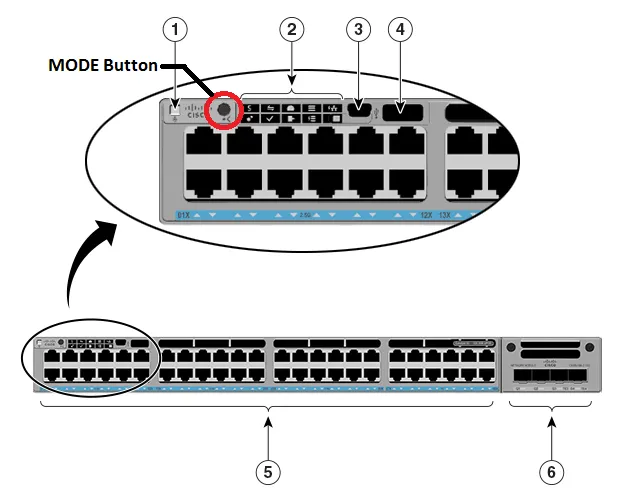


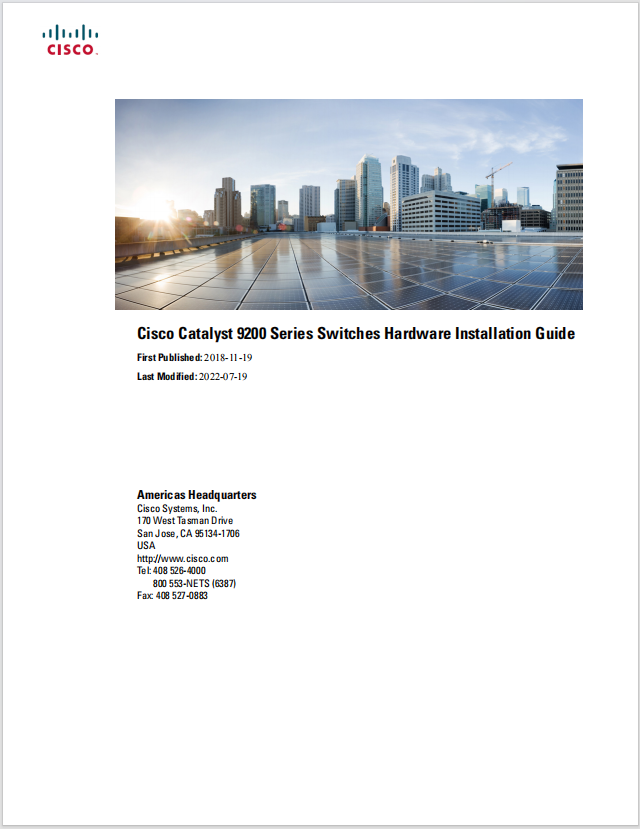
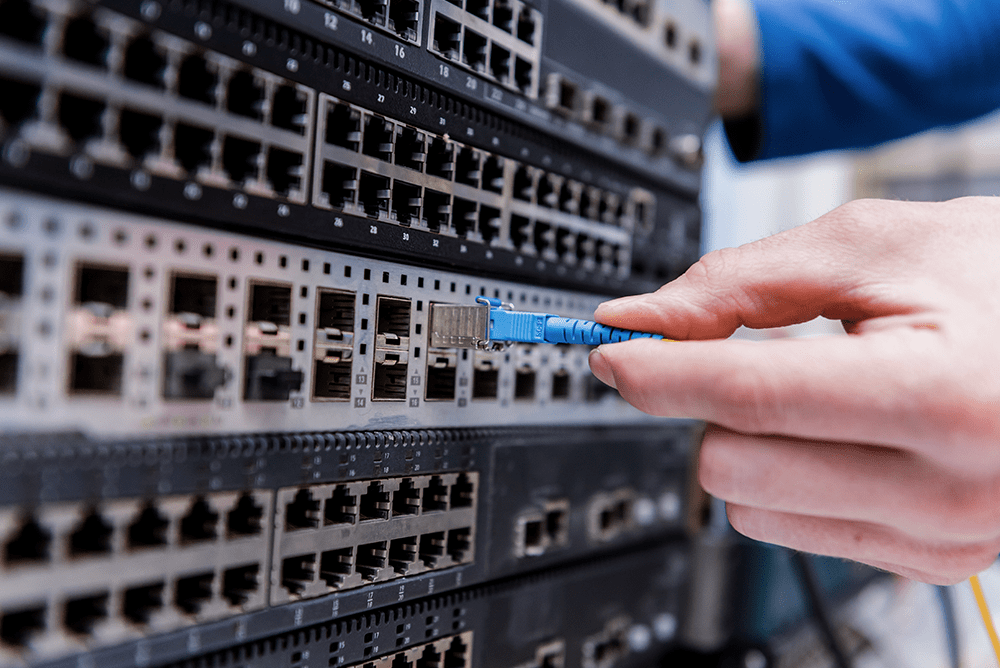
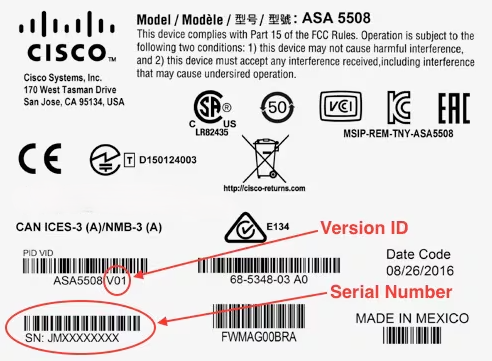
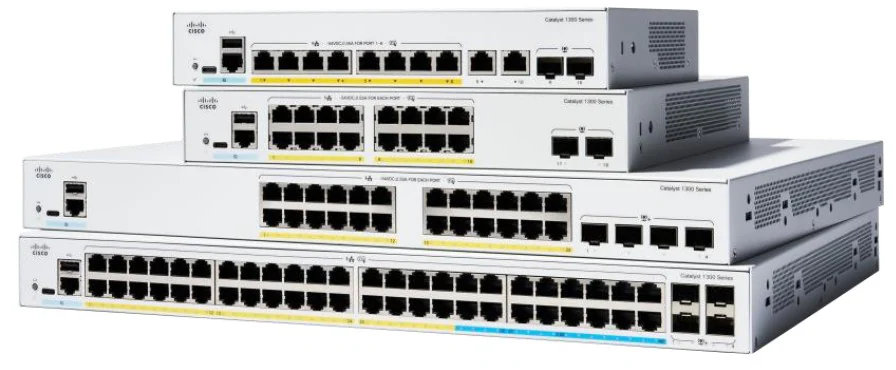


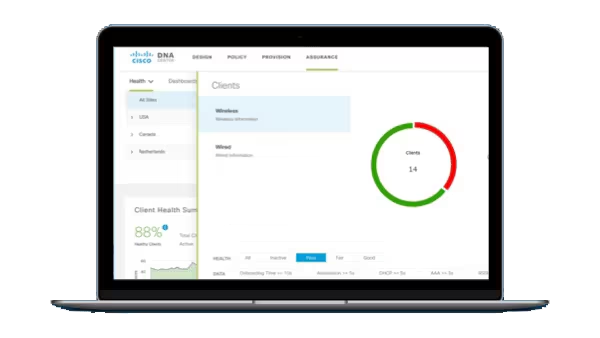


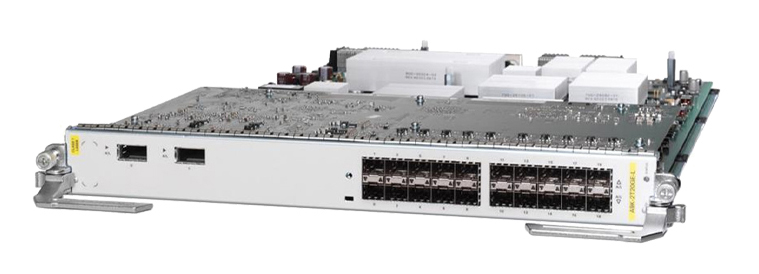


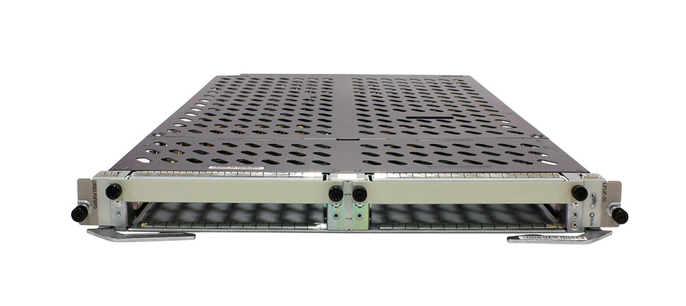
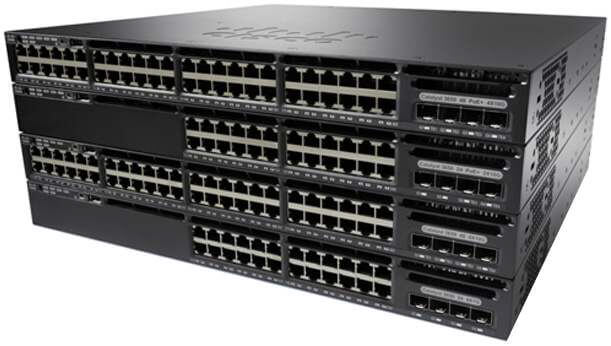
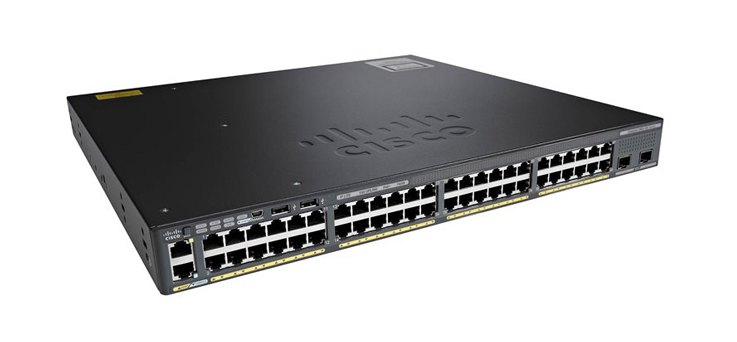
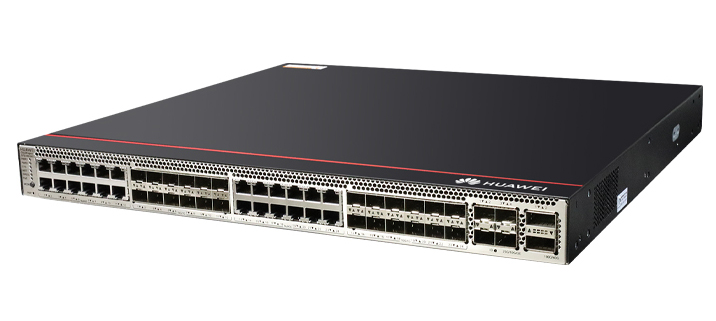
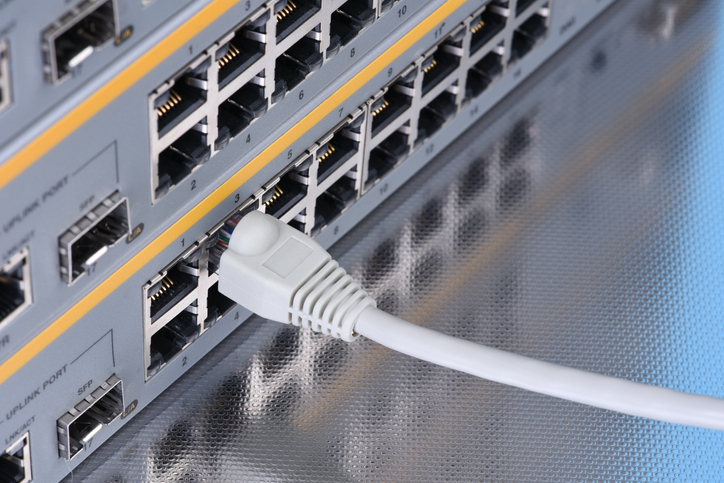
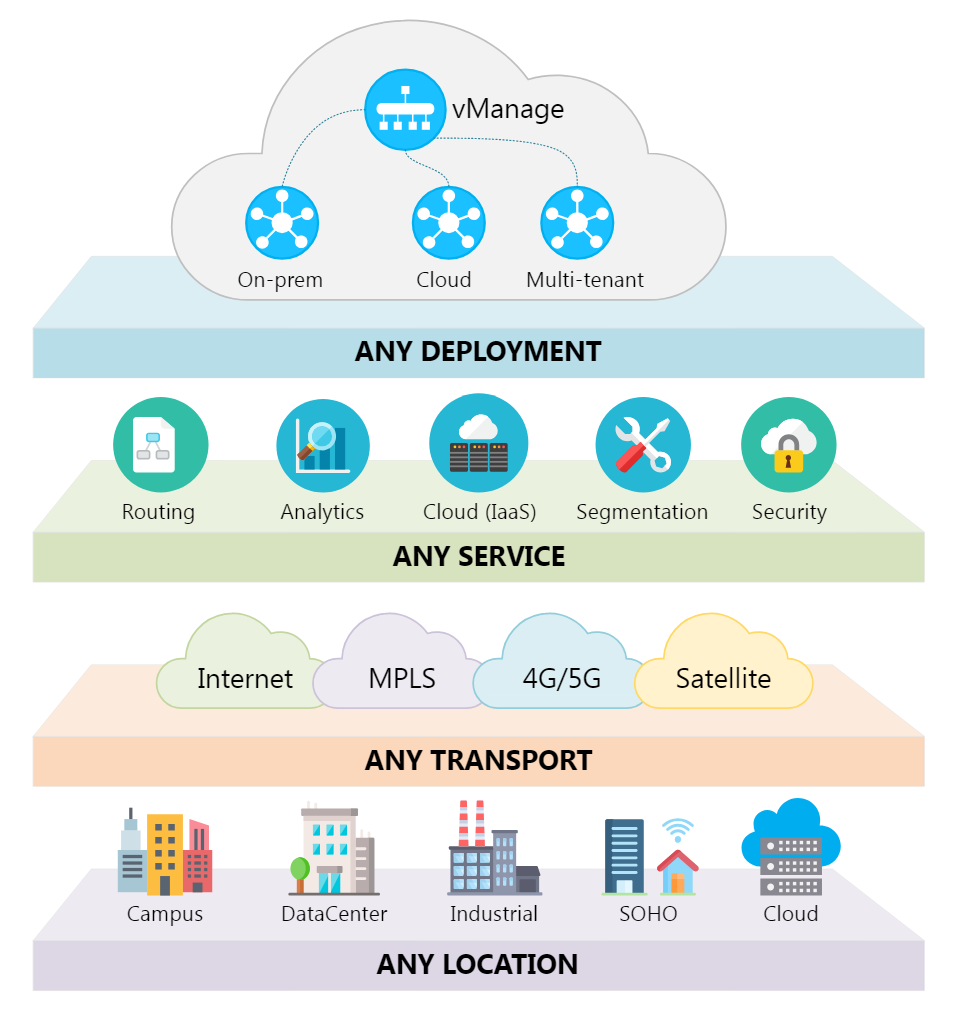
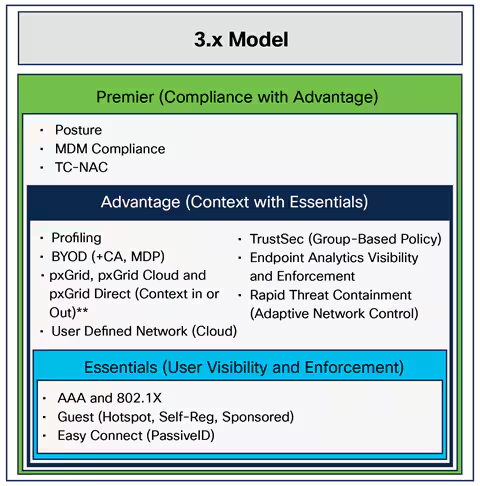

Today wireless is taking on a new role for retailers, hoteliers, and sports venues to engage with their customers. No longer just a tool for the supply chain, the intimacy of Wi-Fi provides new opportunities to build customer loyalty, increase engagement, and gather metrics that help you understand your consumers better. For this reason, about half of all large stores now have some sort of Wi-Fi implementation (Retail Research Systems, 2015).
However, such services also create new deployment challenges. Store designs, fixtures, and layouts can inhibit your ability to capture detailed shopper data by interfering with the signal. With Wi-Fi emerging as the foundation of in-store analytics, you need to incorporate new considerations into property designs, layouts, fixture selection, and merchandising strategy. In other words, you need to design your space to achieve an optimal connection with your customers.
Of course, no one expects retailers to create site designs just to accommodate the technology -that would be impossible. Brand and merchandising requirements are and will remain paramount. However, I'm seeing that operators need to be more aware of the impact design and layout can have on their ability to cost-effectively leverage Wi-Fi networking. The more interference in the store design, the more expensive it can be to deliver a robust customer engagement. Some examples include:
How do you address these issues?
You can't change the laws of physics, but you can work with them. First, be sure you have a technology services partner experienced in how to survey and assess your space for optimal data-gathering. This will give you an accurate picture of how your property's design can enable the Wi-Fi signal, when you need to reconsider fixtures or displays, and where additional access points, cameras, or sensors should be installed.
Second, be sure the platform you select can support both today's needs and tomorrow's forward-looking capabilities. This will protect your investment as well as position you to design unique new environments to make your property an exciting destination.
For example, you can create mobile zones that vary across your site: Using mobile phones, AppleWatches, or other devices, guests respond in real time to product information, displays, or departments depending on their location. A stadium may make the food court an interactive gaming area that lets guests play for prizes on an opt-in app. Shoppers can select the music video being broadcast in each store department, and insert their selfie or social post into the broadcast. Hotel guests can get a unique online training from a workout coach based on where they are in the gym.
On the operations side, look at site designs that make your business more cost-efficient. For example, some retailers are building foil curtains to create priority zones where they have the ability to track the most precise analytics. Zoning the back room, the receiving area, and the "front of the house" allows them to better manage stock in real time, and assure that staffers are more responsive to shoppers.
With layouts designed to optimize the Wi-Fi network, you can use it to capture the precise location of mobile devices. You can perform path analysis, in which the network helps track customer behavior including location, routing, and dwell times. You can also do advanced conversion analysis to determine how many customers are actually entering the space, venturing into specific departments, and ultimately making purchases. Such metrics help to determine the effectiveness of marketing efforts, point of purchase and merchandising, and customer support.
This level of information will become more important as shoppers, associates, and operations teams turn to mobile technology for outstanding service and brand experiences. As you consider how to deploy the powers of wireless, think not only about how to build Wi-Fi considerations into your change process, but also about how to use them to reimagine your property and improve your business.
What has your experience been? Follow us at @ciscoretail, follow me @paloaltoed.
 Tags quentes :
Telemóvel
Customer Experience
#Retail
design
brand
Ed Jimenez
fixture
in-store
merchandising
Tags quentes :
Telemóvel
Customer Experience
#Retail
design
brand
Ed Jimenez
fixture
in-store
merchandising